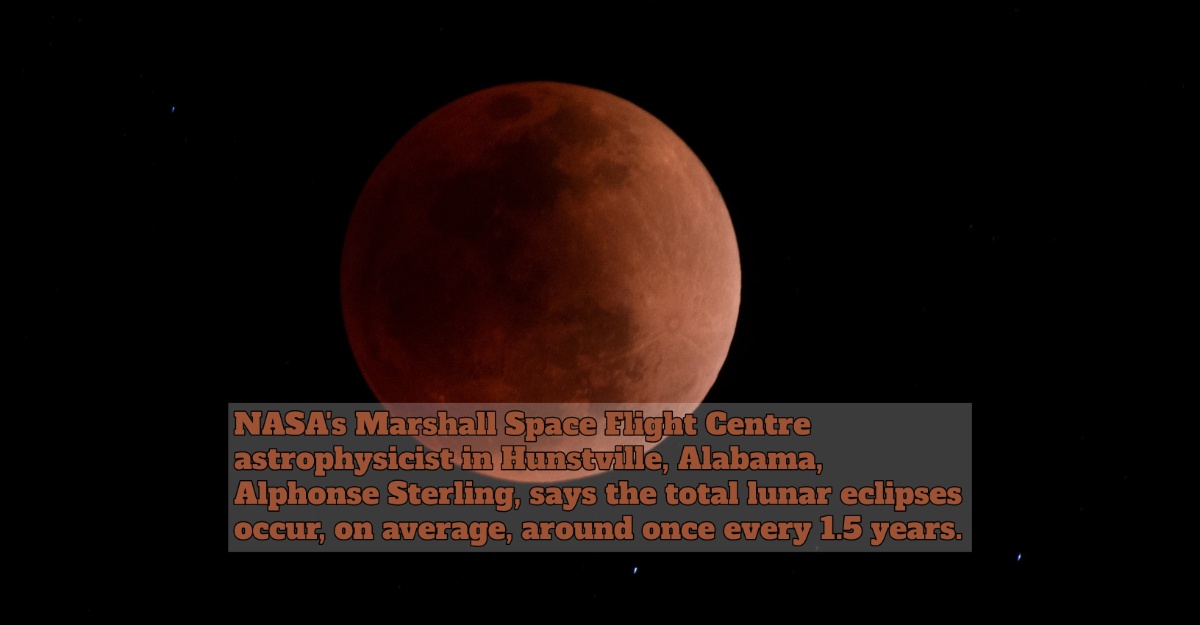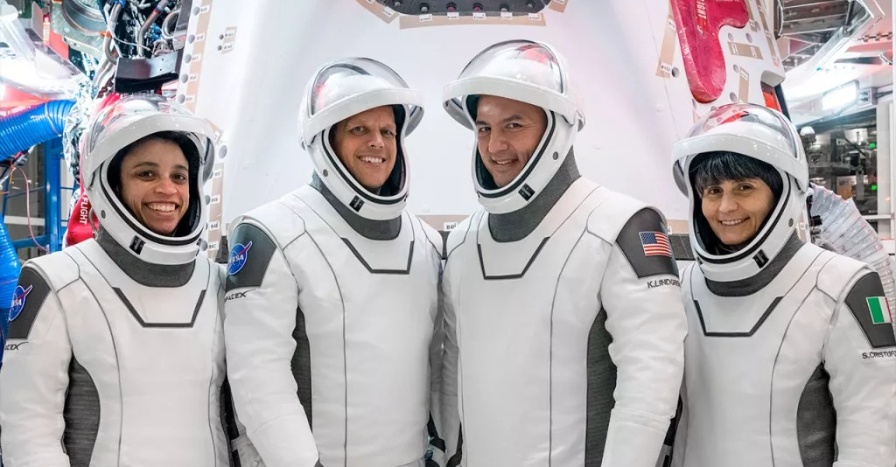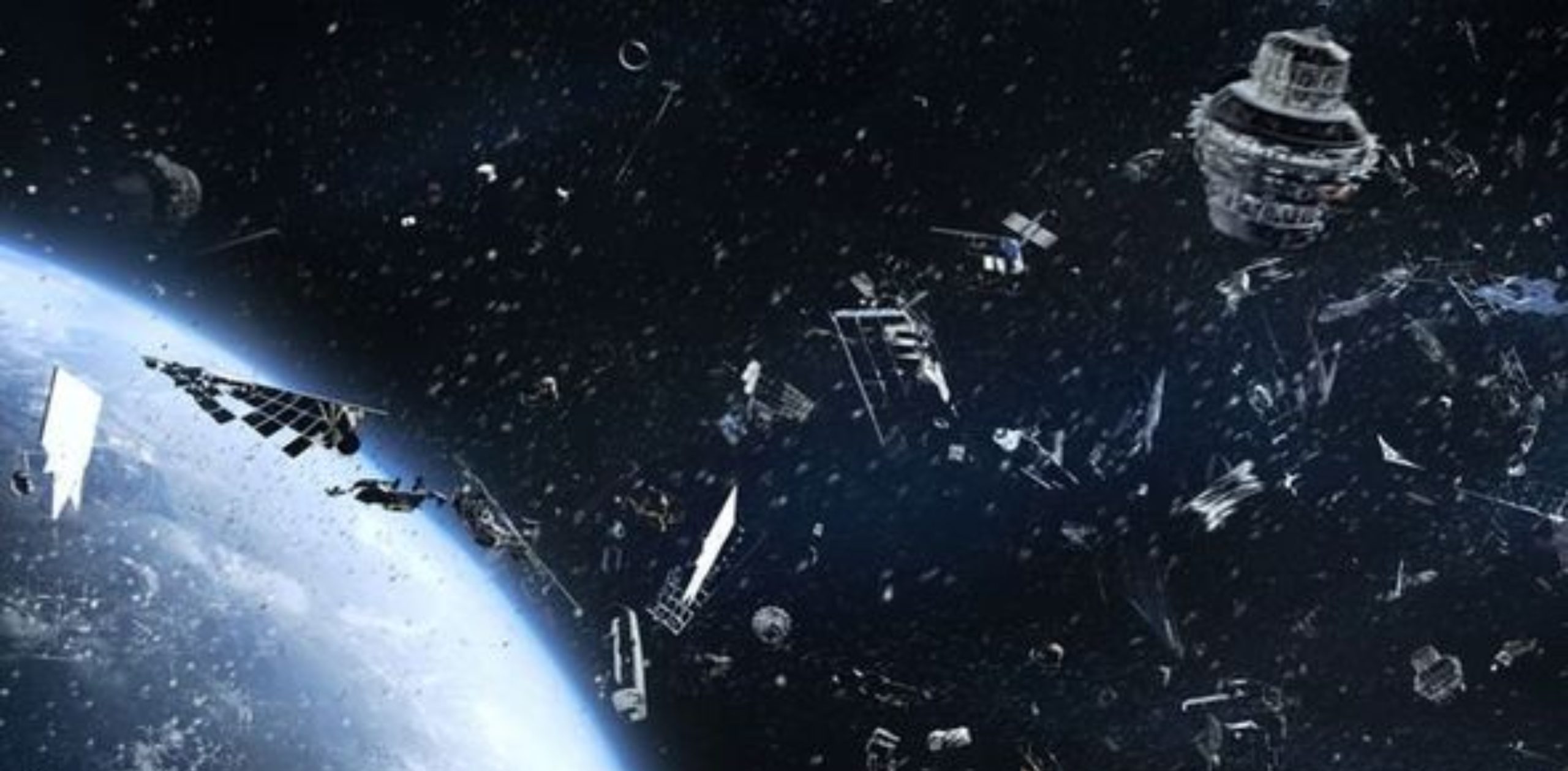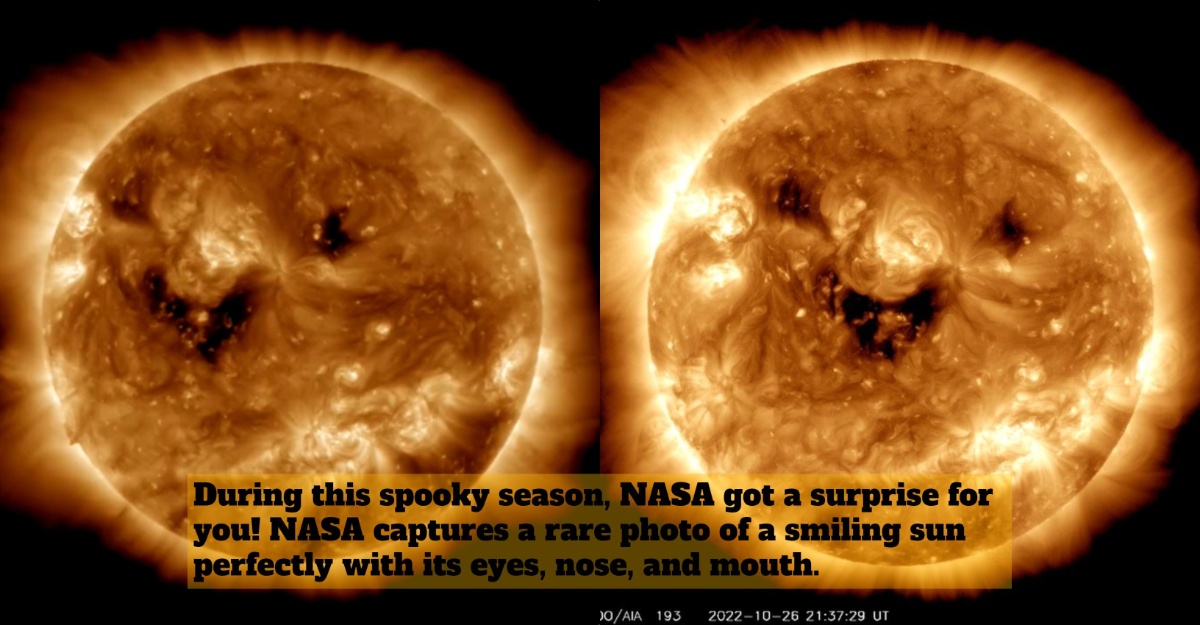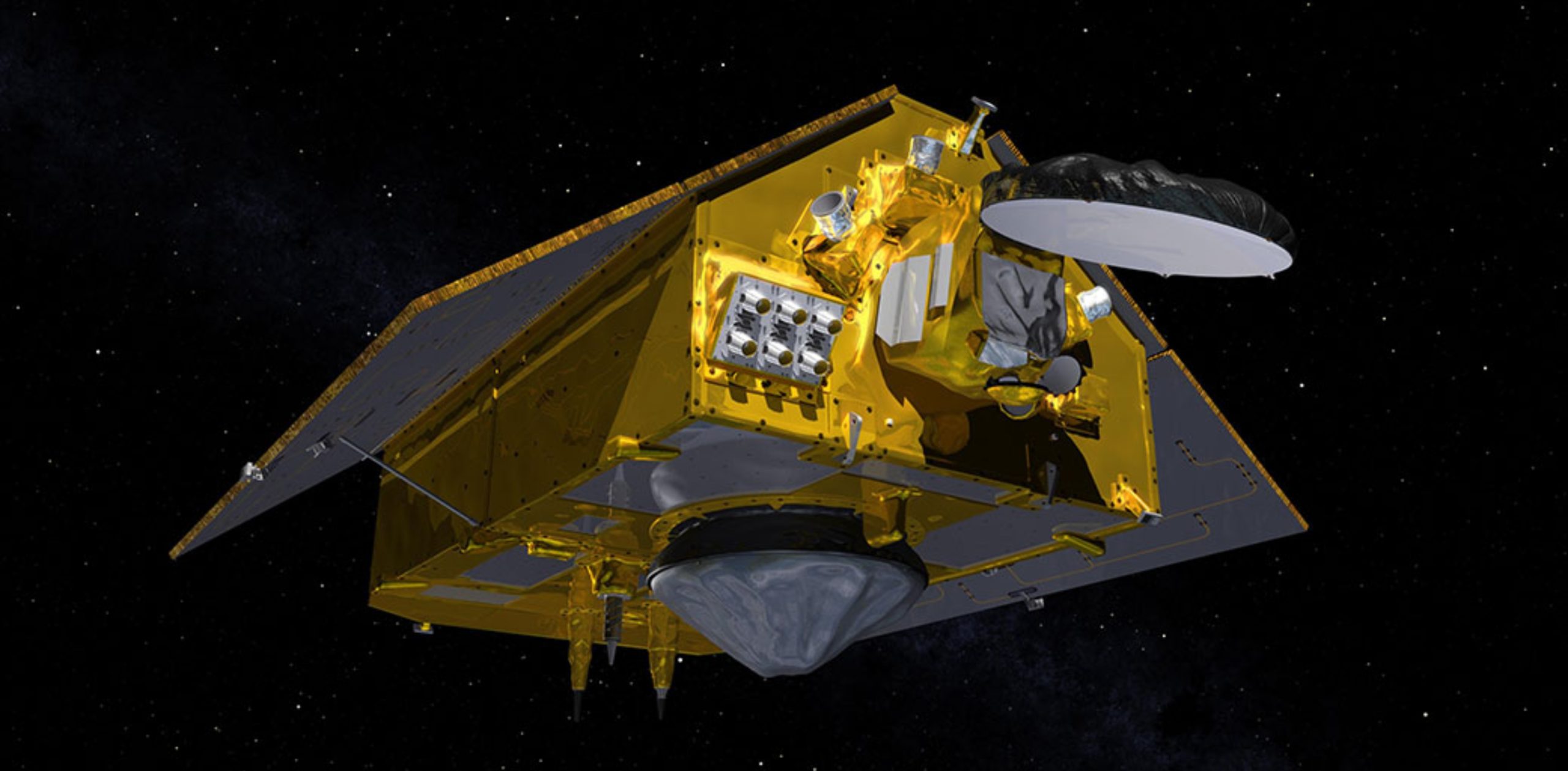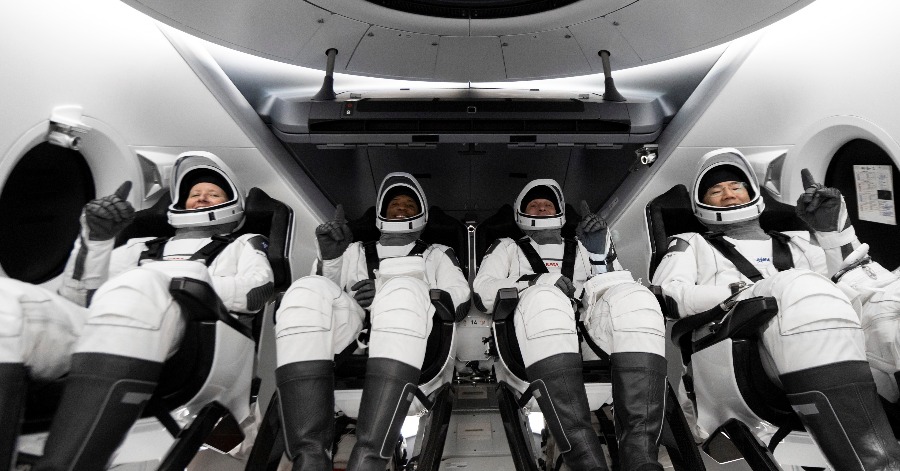A total lunar eclipse will occur on November 8, the second time in 2022. Some parts of the world, throughout eastern Asia, Australia, the Pacific and North America, will get to see this breathtaking phenomenon.
NASA’s Marshall Space Flight Centre astrophysicist in Hunstville, Alabama, Alphonse Sterling, says the total lunar eclipses occur, on average, around once every 1.5 years.
NASA tweets the excitement by saying, “There are plenty of reasons to watch the skies in November,” and yes, they’re right.
There are plenty of reasons to watch the skies in November: a total lunar eclipse, the Leonid meteors, and chances to see Mars, Saturn, and the star Spica! Check out the best times to spot these celestial bodies: pic.twitter.com/hmYGKio4Mq
— NASA (@NASA) November 2, 2022
How does a lunar eclipse happen?
A total lunar eclipse happens when the Earth casts a complete shadow called an umbra over the Moon.
There are two parts of the Earth’s shadow: the umbra (the innermost part where the direct light from the Sun is completely blocked) and the penumbra (the outermost part where the light is partially blocked).
Expected times for the phenomenon to occur
For North America, the phase will begin in the early hours of the morning on November 8.
The partial eclipse will begin at 3.09 am CST with totality beginning at 4.16 am and ending at 5.42 am.
Afterward, the partial phase will resume and lasts until 6.49 am.
However, those living in the eastern part of the US might miss it because the Moon will set during totality or shortly after totality ends.
Is a lunar eclipse harmful to the eye?
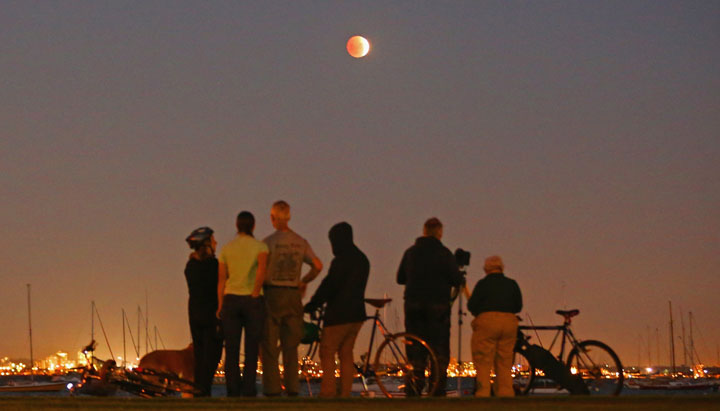
Unlike the solar eclipse, no special eye protection is necessary for viewing a lunar eclipse.
Even with your naked eyes, you can experience the lunar eclipse without worrying about your vision. But a pair of binoculars or a telescope will definitely help you see the view better.
Other things are happening in the sky this November. Curious to know? Watch this video to find out more!
You should not miss out on this upcoming lunar eclipse, as it’s the last cycle until 2025! Grab your binoculars and feast on the magnificent view!
Sources: NASA, Twitter NASA, Youtube NASA Jet Propulsion Laboratory, Youtube NASA Goddard, Space.com

